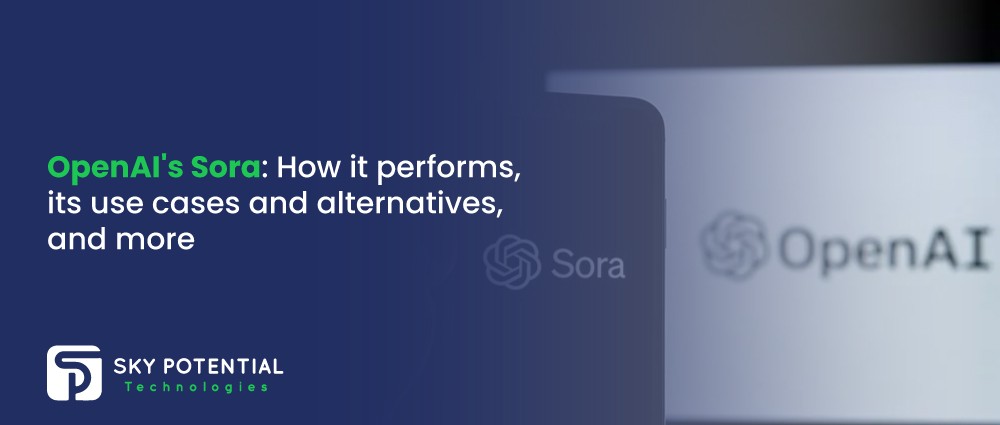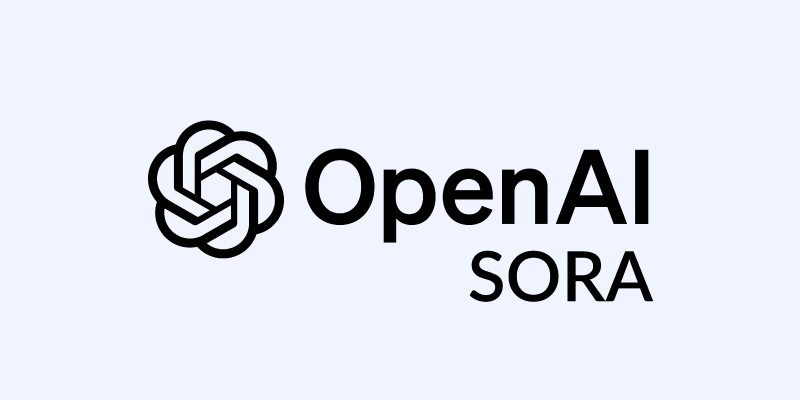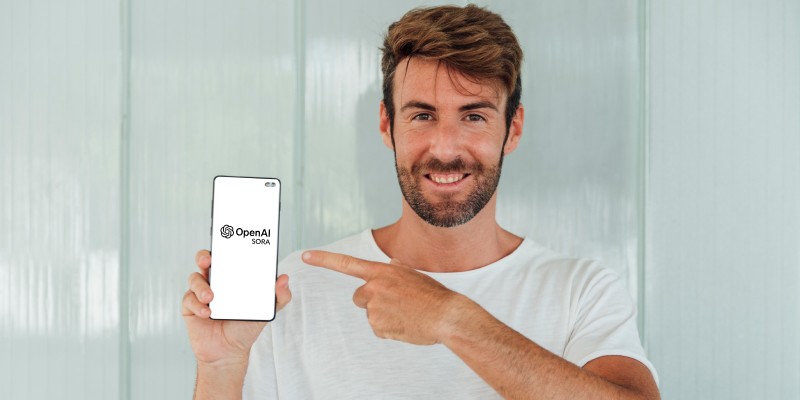- AI

Artificial Intelligence

Smart Products & Services
We follow Smart Products & Services

Intelligent Business Functions & Processes
We follow Intelligent Business Functions & Processes

Robotic Process Automation
We follow Robotic Process Automation

Personalized
healthcareWe follow Personalized healthcare

Identifying at-risk patients
We follow Identifying at-risk patients

Optimized routing and scheduling
We follow Optimized routing and scheduling
- ML

Machine Learning

Predictive
AnalyticsWe follow Predictive Analytics

Service Personalization
We follow Service Personalization

NLP
We follow NLP (Natural Language Processing)

Stock Market Forecasting
We follow Stock Market Forecasting

Fraud Prevention
We follow Fraud Prevention

Recommender engines
We follow Recommender engines
- blockchain
- IOT

Internet of Things
- AR
- Business Solutions

Business Solution

Business Performance Management
We follow Business Performance Management

Decision Making & Big Data Analytics
We follow Decision Making & Big Data Analytics

Enterprise Data Management
We follow Enterprise Data Management
- Apps

Apps

Native Apps
We follow Native Apps

Cross Platform Apps
We follow Cross Platform Apps

Web Apps
We follow Web Apps

Hybrid Apps
We follow Hybrid Apps

Cloud Native Apps
We follow Cloud Native Apps
- Lab

OpenAI’s Sora: How it performs, its use cases and alternatives, and more
OpenAI has publicly disclosed its most recent advancement, Sora, a first-time video generative AI model that converts text to video. This innovatory technology has enormous potential to make digital operations easy for various industries and will highly advance AI. Let’s examine every aspect of Sora. How it functions? What are some potential applications for it? Furthermore, what innovative opportunities does it offer for the future?
What is Sora?

OpenAI developed the text-to-video generative AI model Sora. You provide instructions for the video through text input, and Sora generates the video using the specified content. It is pretty impressive! The group has been providing numerous illustrations of Sora’s capabilities.
- An attractive woman walks down a Tokyo street lit with moving city signs and warm, bright lights. She is wearing a long red dress, boots, a handbag, and a black leather jacket. With her red lipstick and sunglasses on, she walks with a sense of ease and confidence. The wet, mirrored street is full of people walking around, and the lights are very bright.
- Behind a world of carefully designed paper crafts is a coral reef teeming with colourful fish and sea life.
- In an animated scene, a short, fluffy monster kneels next to a molten red candle. The scene around it is drawn in lifelike 3D. The monster lit dramatically and looked at the flame with wide eyes and an open mouth, showing that it was both amazed and interested. It makes you want to explore and learn more about the world because it’s happy and relaxed, and the warm colours make the atmosphere cosy.
- Two golden retrievers are streaming from the top of a mountain.
- Watch an ocean bicycle race with different kinds of animals as seen above by a drone.
How Does Sora Perform?
Sora functions as a diffusion model comparable to text-to-image generative AI models such as DALL·E 3, StableDiffusion, and Midjourney. Using machine learning, it converts each video frame from ambient noise to an image that closely resembles the prompt. The duration of videos produced by Sora may peak at sixty seconds.
Solving temporal consistency
Sora incorporates innovation to ensure temporal consistency through the concurrent consideration of multiple video frames. This innovation guarantees that objects retain their coherence while transitioning into and out of the frame. While the kangaroo’s hand departs the frame several times in the “link video,” its appearance upon its return remains unchanged.
Merging diffusion and transformer models
Sora integrates a diffusion model with a transformer architecture already present in GPT. According to Jack Qiao, diffusion models are exceptional at producing delicate texture but have difficulty with overall composition. Transformers encounter the inverse challenge. Therefore, the objective is to utilise a transformer similar to GPT to coordinate the overall arrangement of video frames, while a diffusion model is responsible for processing the specifics.
Diffusion models divide images into regions, which are built in three dimensions for videos to encompass temporal continuity. These patches function as the visual representations of tokens within language models. It facilitates the arrangement of the image set. In contrast to the transformer portion, which organises the patches, the diffusion component provides content for each patch.
A “dimensionality reduction” phase is applied to ease the computation procedure. This reduces computational requirements by eliminating the need to process each pixel in each frame.
“Recaptioning” method enhance the Video Conformity
Sora applies a recaptioning technique derived from DALL·E 3 to precisely reproduce the user’s prompt. Sora makes use of DALL·E 3. This method, before generating a video, boosts the user’s prompt. Via automatic prompt engineering, it gathers additional information, like with GPT, to better represent the initial prompt that the user gives.
Limits of Sora
OpenAI has identified several restrictions in the current version of Sora. The number one is an insufficient understanding of implicit physics. It results in intermittent departures from applicable physical principles in the real world. Sora’s understanding of cause-and-effect relationships is one example.
A video shows a basketball hoop exploding and returning to its normal state by a miracle. Although this can be a user prompt to see a fictional something, Sora may still be oblivious that this is illogical. The basketball reverting to normal following an explosion doesn’t make sense.
Unnatural alterations in the spatial position of objects may be observed in the video depicting wolf pups. Unexpected animal appearances occur, and the canines occasionally overlap in position.
Unclear Probes Regarding Reliability
At this moment, Sora’s dependability is unknown. Although OpenAI has presented well-known instances, the extent of choice remains ambiguous. It is customary for text-to-image programmes to produce a series of images from which the optimal one is chosen.
However, the number of images utilised in producing the videos shown in the announcement article by the OpenAI team remains undisclosed. The requirement of hundreds or even thousands of recordings to acquire a single usable one may present a significant obstacle to widespread adoption. The test of Sora’s reliability has to be put off until the tool is easy to get to.
Practical Uses of Sora

Sora, an adaptable application, allows users to create videos from the beginning, extend existing ones, and deftly replace missing frames. It streamlines the process of creating videos. Comparable to artificial intelligence text-to-image tools, it optimises the image creation process. The software can be applicable in multiple domains.
Social networking sites
Sora excels in social media by facilitating the production of concise videos intended for platforms such as TikTok, Instagram Reels, and YouTube Shorts. It demonstrates exceptional proficiency in depicting difficult or impracticable situations using traditional filming techniques. Consider depicting the essence of Lagos in the year 2056. While there would be technical difficulties in documenting such a scene for a social media post, creating it with Sora is straightforward.
Marketing and advertising

Marketing and advertising initiatives gain significantly from Sora’s knowledge. Historically, this AI tool has streamlined and reduced the cost of labour-intensive procedures such as creating advertisements, promotional videos, and product demonstrations. For instance, a tourist board aiming to shows the Big Sur region of California could utilise Sora to obtain visually spectacular content at an affordable cost instead of investing in costly drone shots.
Prototyping and concepts visualisation
Sora modernises prototyping and concept visualisation. Filmmakers can rapidly generate scene prototypes. Products can be visualised by designers before production. The brief video clip shows artificial intelligence prototypes of ships in motion. This can assist a toy manufacturer in making well-informed judgements before commencing large-scale production.
Synthetic data generation
When limited data utilisation, “synthetic data generation” is critical and uses Sora’s capabilities. Synthetic data finds utility in diverse sectors, including finance and personal data protection. However, when it comes to training computer vision systems, synthetic video data possesses immense potential. For example, the United States Air Force improves the performance of their computer vision systems for “unmanned aerial vehicles,” especially in adverse conditions, by utilising synthetic data facilitated by tools such as Sora.
What are the Risks of Sora?

Since the product is new, all of the risks that come with it have yet to be fully explained. They will look like text-to-image models, though.
Creation of harmful material
Sora is capable of producing objectionable or inappropriate material without restriction. These may include derogatory depictions of specific groups, videos featuring violence, gore, and sexually explicit content, as well as those that promote or glorify unlawful activities.
The threshold for objectionable content is significantly subjective, contingent upon the user’s age (e.g., a child interacting with Sora’s interface or an adult utilising its functionalities) and the particular circumstances surrounding the video’s creation. To illustrate, a video that initially appears harmless but actually warns about the dangers of pyrotechnics has the potential to rapidly veer into a graphic direction despite its intended educational purpose.
Biases and prejudices
The data that generative AI models were taught powerfully affects their results. Because of this, if the training data includes stereotypes or cultural biases. This might be clear from the information that is made.
As discussed in the “Fighting for Algorithmic Justice” episode of DataFramed, Joy Buolamwini’s observations highlight the profound ramifications of biases in images, especially in hiring and policing contexts.
Infidelity and misrepresentation
Sora can build scenarios that appear very interesting. You can view multiple videos Sora releases, which is a good example. But it can sometimes (or most of the time) mislead others or, you can say, produce deceptive “deepfake” recordings. Such events are a copy of actual events. Other consciously or consciously, it can be a big issue.
Eske Montoya Martinez van Egerschot is the Chief of the AI Governance and Ethics Office. He discusses the impact of AI on public opinion and the working of elections at DigiDiplomacy. He says: “Some videos created by AI appear authentic but are false. They can deceive viewers. This distorted information can convince individuals of lies. These fake videos can upset big people and build mistrust among others and incite conflicts between nations and groups.”
Significant elections are scheduled for the coming year, ranging from Taiwan to India to the United States. With far-reaching repercussions, the dissemination of deceptive AI videos endangers the integrity of these democratic processes.
How do we obtain permission to utilise Sora?
Currently, Sora is exclusively accessible to researchers attached to the red team. The responsibility of these specialists is to identify potential problems with the model. OpenAI can make Sora available to the general public in 2024; however, the exact date has not yet been disclosed. Red team researchers produce content that alerts OpenAI to potential vulnerabilities before the software’s general release.
What Substitutes Exist for Sora?
Numerous viable alternatives exist to Sora for converting text into video:
- As demonstrated by Google, Lumiere is now an extension that integrates with the PyTorch deep-learning Python framework. It provides an additional robust alternative within this field.
- Meta’s 2022-announced Make-a-Video utilises a PyTorch extension to facilitate the conversion of text to video.
- Runway Gen-2 emerges as a formidable competitor in comparison to OpenAI Sora. This text-to-video generative AI is accessible on mobile devices and the web.
- Furthermore, several lesser competitors exist:
- Synthesia specialises in video presentations generated from text using artificial intelligence. It offers avatar-driven videos that are customisable and intended for educational and business use cases.
- HeyGen strives to optimise the video production process to facilitate sales outreach, educational initiatives, and product and content promotion.
- An AI platform developed by Steve AI facilitates the production of animations and videos from various inputs, such as audio to video, script to video, and prompt to video.
- Kapwing offers a specialised online platform for producing videos from text. It places significant emphasis on simplicity, which is especially advantageous for casual creators and social media marketers.
- Elai focuses on the corporate training and e-learning industries. It provides a method for effortlessly transforming instructional content into informative videos.
- Pictory streamlines the process of text-to-video conversion. It provides educators and content marketers with intuitive video-generation tools.
How exactly does OpenAI Sora influence the course of time?
Undoubtedly revolutionary, Sora possesses immense potential as a generative model. Its ramifications for the AI industry and the world are far-reaching, with educated estimates suggesting that it may affect change in various ways, both positively and negatively.
Short-Term and Immediate Effects of OpenAI Sora
Consider first the immediate, direct effects Sora may have on us following its (likely phased) public release.
An Increase in Rapid Rivals
We have examined the applications of Sora thus far. We expect broad acceptance in numerous fields following its public debut, including:
- Generative text-to-video AI, such as Sora, can improve data storytelling. Anticipate enhanced data visualisations, interactive data presentations, and realistic model simulations. Nonetheless, assessing Sora’s performance on these duties will be critical.
- Advertising and social media will experience an increase in the production of high-quality short-form videos. With Sora’s capabilities, content creators on X (formerly Twitter), TikTok, LinkedIn, and other platforms will elevate their material.
- Sora can be a good Learning resource. Visual learners can get clarity on complex concepts with such support. It will simplify the marketing process, whether architectural designs or new products are displayed.
A region of hazards
Undoubtedly, as was previously underscored, introducing this technology entails an extensive array of possible disadvantages, which require us to navigate cautiously. The following is an inventory of the hazards that demand our constant vigilance:
- Some people see tools like Sora as just conveniences instead of collaborative aids, which could make people less reliant on creative thought. This change can significantly affect many industries and the people who work in them.
- Legislation and regulatory measures can be needed to prevent copyright infringement. We must be aware of the utilisation of our images and likenesses. Preventing the unauthorised utilisation of personal data is vital. Although the debate may initially as fans begin crafting videos based on their beloved film franchises, the consequences are also big here.
- During election years, it is essential that we all become more critical about the information we take in, especially when it comes to spotting fake or changed data. Improvements in instruments are a must for this objective.
- The rapid advancements in generative AI present regulatory bodies with difficulties. Sora may worsen this tight spot. So, to investigate the regulations and ethics of Sora’s use, it must not infringe on individual liberties or block innovation.
Generative video is poised to become the next frontier of tough rivalry
We anticipate a vast spread of alternatives to Sora beyond 2024 as generative AI tools boom. ChatGPT exemplifies the emergence of many competitors with superior open-source LLMs (large language models). Sora still can continue in serving as a facilitator of competition and innovation in the text-to-video industry.
Prominent participants in the industry are expected to introduce customised models designed for particular applications or exclusive technologies to contest Sora. This competition stimulates progress and propels the development of generative AI technology.
The enduring consequences of OpenAI Sora
As the excitement over OpenAI’s Sora’s public launch dies down, the possibilities for the far future become clearer. Workers from a wide range of fields who buy the instrument will find innovative ways to use Sora. Take a look at these different options:
Possibility of Sora’s Effects on Diverse Industries
Sora, as well as analogous tools, have the potential to become indispensable elements across diverse industries:
- Sora could expedite the development of advanced content for virtual reality, augmented reality, video games, and traditional forms of entertainment such as television and film. In addition to direct media production, it can facilitate prototyping and storyboarding.
- With Sora, personalised entertainment could flourish by customising content for each user. With a distinct user experience, this responsive and interactive media could adjust to the interests and preferences of its audience.
- A good change in education can occur due to the highly customised video content that Sora can give. It could meet the students’ requirements better. Students can acquire knowledge with better learning approaches. Sora can modify video editing in real time.
- The rapid reproduction or modification of existing content can accommodate various audiences. If viewers provide feedback or express what they want, changes apply to the story, its depth, or its tone.
The Power of Sora to Influence the Future of Digital Interaction via VR and AR
Sora is worth reforming how we interact with digital content by integrating virtual reality (VR) and augmented reality (AR).
One can envision forthcoming versions of Sora suddenly building immersive virtual real-time environments in seconds via text and audio algorithms—a rise to big enquiries about the future exploration of the digital platform, which fundamentally alters our conception of online interaction.
Concluding
With the launch of OpenAI’s Sora model, generative video quality has advanced at a greater level, and Sora has done that. Good Hope occurs regarding its forthcoming public debut and the vast array of potential use cases it presents across multiple industries.
If you want to explore the field of generative AI, an AI specialist from Sky Potential, located in the UK, is ready to provide you with it. Dial our number now for that.



















































Leave a Reply